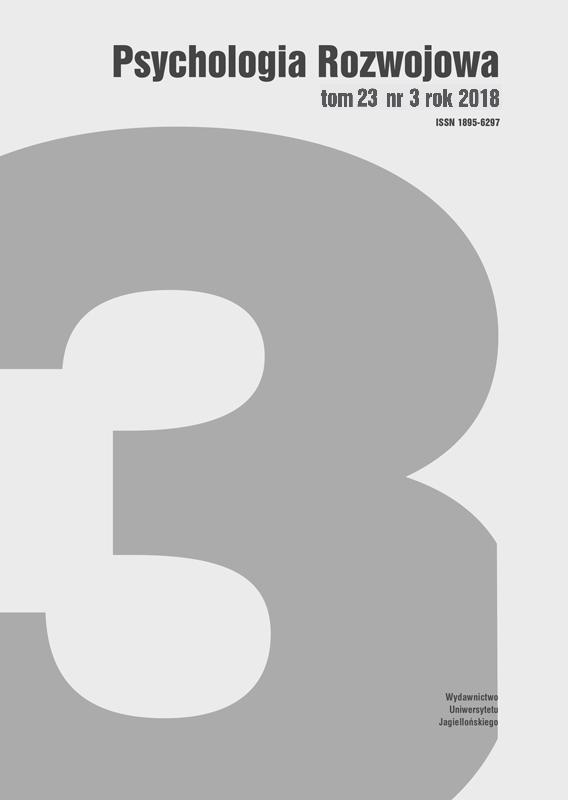Specyfika funkcjonowania rodzin osób chorych na stwardnienie rozsiane w Modelu Kołowym Olsona
The Specificity of Functioning of the Multiple Sclerosis Patient’s Families in The Olson Circumplex Model
Author(s): Natalia Treder-Rochna, Krzysztof JodzioSubject(s): Psychology
Published by: Wydawnictwo Uniwersytetu Jagiellońskiego
Keywords: multiple sclerosis; family functioning; cohesion; emerging adulthood; parentification
Summary/Abstract: The aim of the study was to identify the typical features of functioning of a family with the multiple sclerosis patient as perceived by the patient and his/her spouse, as well as to identify the supposed psychosocial problems experienced by the patients and their loved ones, including the children. The presented research involved 216 people (108 families) who were divided into three groups: a criterial group (CG) and two comparative groups. Family functioning was assessed using the David Olson Family Adaptability and Cohesion Evaluation Scale (FACES-IV).In the light of the performed study particularly difficult has proved to be the situation of the adult children / grown children whose parents were suffering from MS. Their families were characterized by strong emotional bonding, over-identification, high dependence and mutual loyalty (family systems strongly intertwined with each other). Excessive concentration on the family seems to be unfavorable for children with multiple sclerosis parents. While high cohesion in certain circumstances may be adaptive, it may pose a threat to the development of the children’s autonomy and delay their entering adulthood.
Journal: Psychologia Rozwojowa
- Issue Year: 23/2018
- Issue No: 3
- Page Range: 55-64
- Page Count: 10
- Language: Polish

